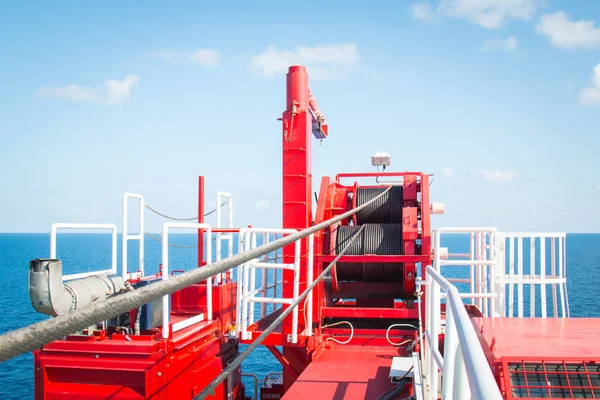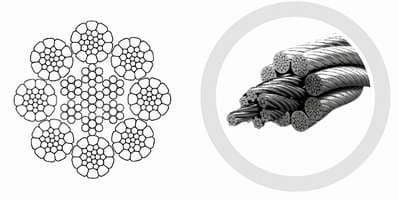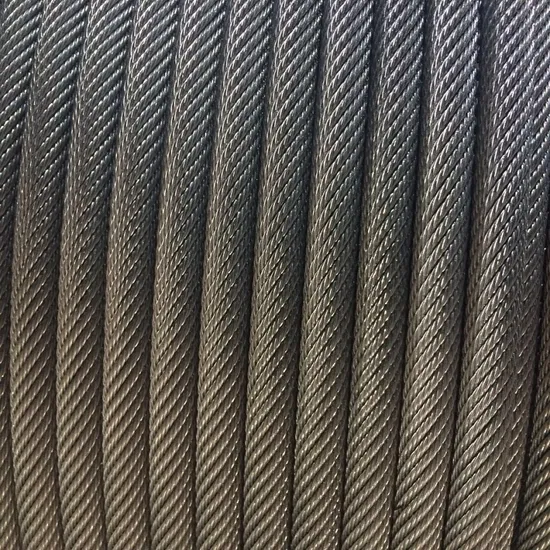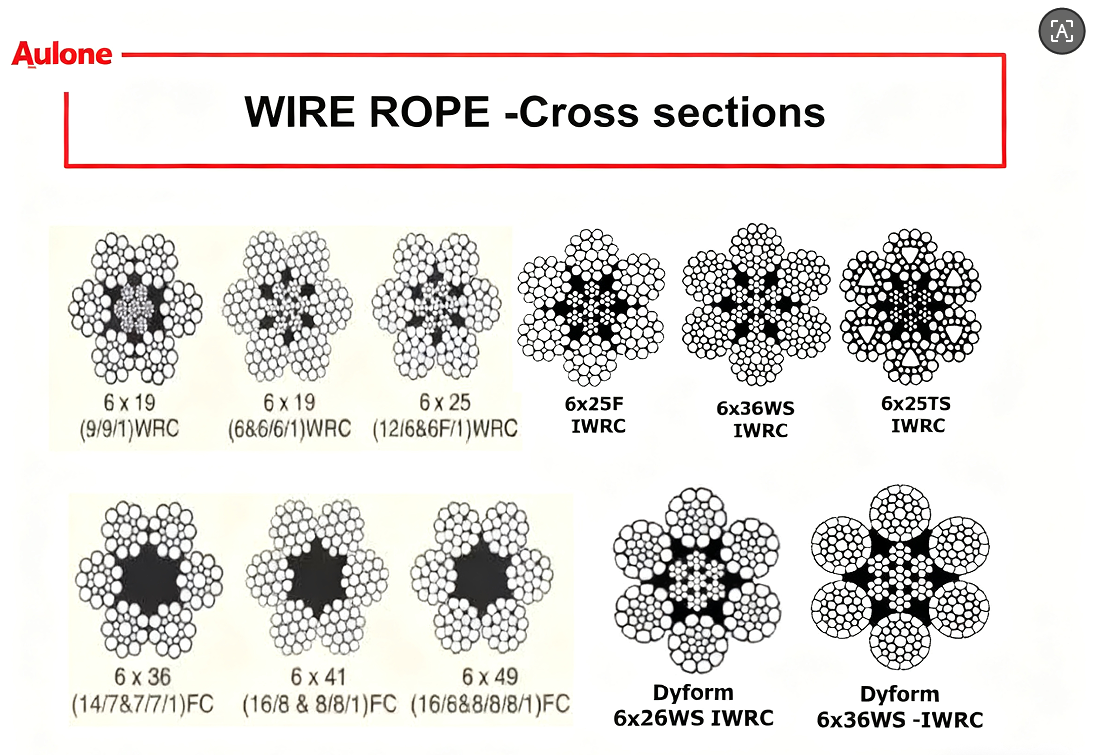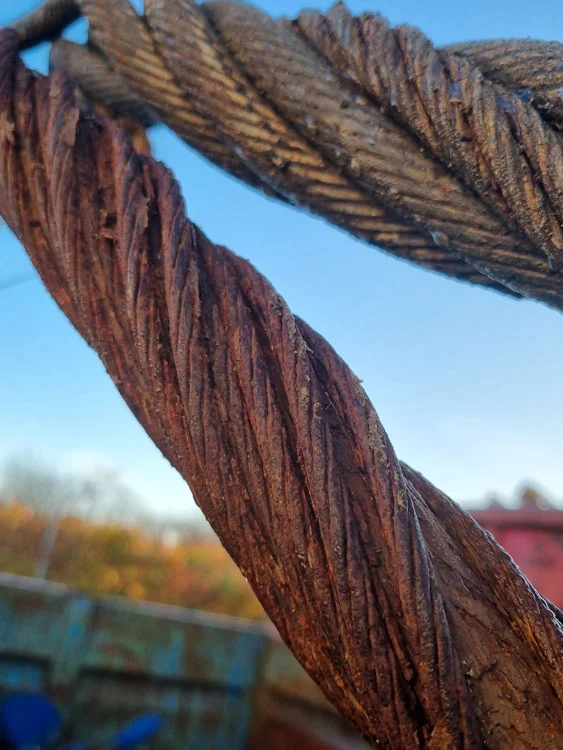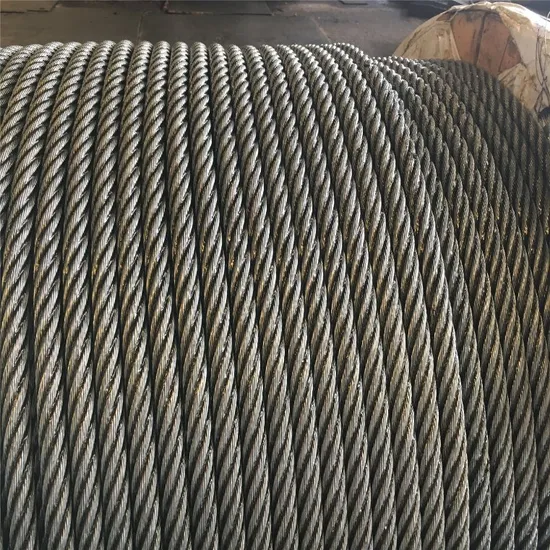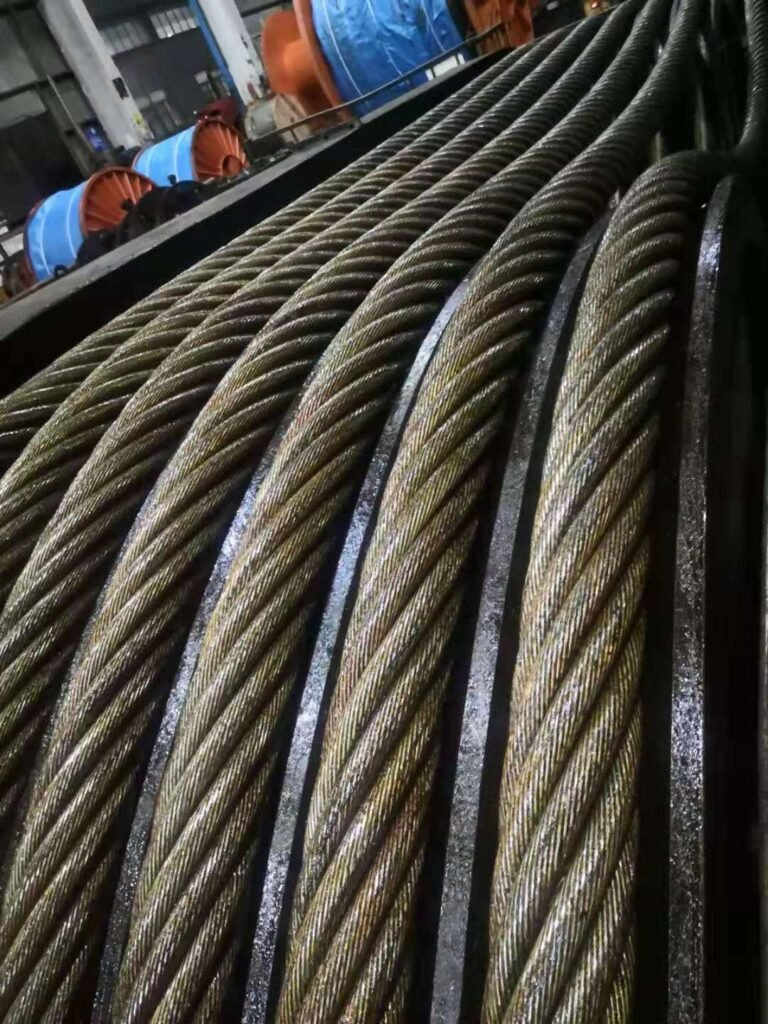
Is your wire rope safe? Are you risking accidents? Understanding safe working load is crucial.
The safe working load (SWL) for wire rope is the maximum force or load that a wire rope can safely support without fear of breaking, under normal operating conditions.
From my factory in China, I see many companies ignore this. Let me tell you about one client. He almost had a disaster due to poor load calculations.
How do you calculate the safe working load for wire rope?
Calculating SWL is vital for safety. It stops accidents. You need to use the right formulas.
You calculate the safe working load (SWL) by dividing the wire rope’s minimum breaking strength (MBS) by its safety factor.
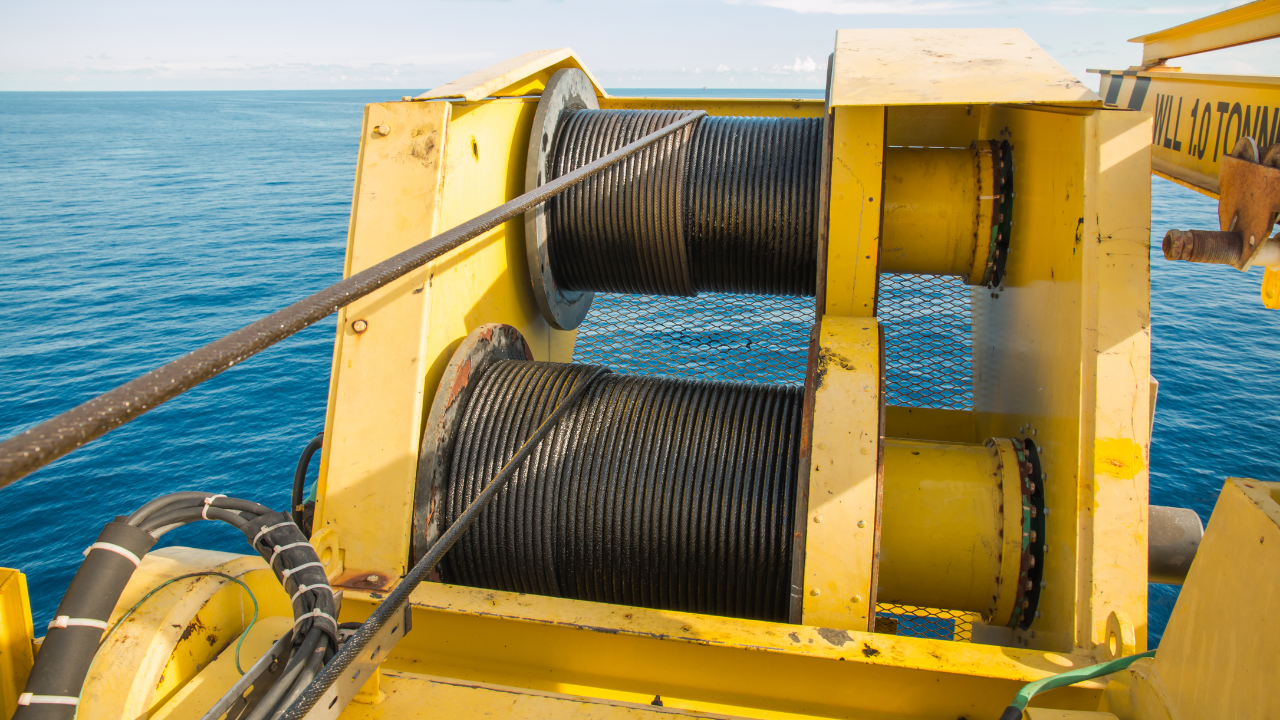
When I work with purchasing managers, especially from places like Australia or Singapore, they always stress safety. They need guarantees. This is where SWL comes in. It’s not just a number. It’s about protecting lives and equipment.
Understanding the Key Terms
- Minimum Breaking Strength (MBS): This is the force at which a new wire rope is expected to break when pulled to destruction under specific test conditions. My factory tests every batch. We make sure our wire ropes, like those for cranes or mining, meet high breaking loads.
- Safety Factor: This is a numerical factor applied to the MBS to determine the SWL. It accounts for unknowns. These include wear, shock loading, and environmental conditions. Common safety factors range from 3:1 to 10:1, depending on the application and local regulations. For example, lifting people often requires a much higher safety factor.
The Calculation Formula
The formula is straightforward:
SWL = MBS / Safety Factor
Let me show you. If a wire rope has an MBS of 10,000 kg and the required safety factor is 5:1, then:
SWL = 10,000 kg / 5 = 2,000 kg
This means the rope can safely lift 2,000 kg. Exceeding this puts everyone at risk.
Factors Affecting SWL
Many things can change the actual safe working load. My team and I check these details carefully for every order.
| Factor | Impact on SWL | Notes |
|---|---|---|
| Wear and Tear | Decreases | Regular inspections are critical. |
| Corrosion | Decreases significantly | Especially in marine or humid environments. |
| Kinking | Dramatically decreases | A kinked rope has lost most of its strength. |
| Heat Exposure | Decreases | High temperatures can affect steel properties. |
| Shock Loading | Requires higher safety factor | Sudden loads put immense stress on the rope. |
| Angle of Lift | Can decrease effective SWL | Slings at angles reduce the load capacity per leg. |
I always tell my clients, like those buying specialized assemblies: a high-quality wire rope with high tensile strength and high breaking load, like those compliant with EN12385-4, gives you a better starting point. But ongoing care is just as important.
Why is understanding SWL crucial for your operations?
Not knowing SWL causes huge risks. It affects safety and your budget. It protects your business.
Understanding SWL protects workers from injuries, prevents costly equipment damage, and ensures compliance with industry standards and regulations.
In my experience, many of our clients, especially those in Russia or Canada running large mining operations, understand this. They prioritize safety to avoid accidents. This saves them money in the long run.
Avoiding Accidents and Injuries
The most important reason to respect SWL is safety. Overloading a wire rope can lead to catastrophic failure. This means dropped loads. It means severe injuries or even fatalities. As a factory owner, I prioritize quality control. I make sure our ropes, whether galvanized or stainless steel, are reliable.
Protecting Equipment and Assets
Dropped loads don’t just hurt people. They damage expensive equipment. Imagine a large crane wire rope failing. The crane itself can be damaged. The load being lifted can be destroyed. This means huge financial losses. It means project delays.
Ensuring Compliance and Avoiding Fines
Regulations exist for a reason. Many countries, including Australia and Saudi Arabia, have strict rules. They govern lifting operations and wire rope usage. My company provides BV, CE, RMRS, DNV, and ABS certificates. This helps our clients meet these standards. Not following these rules can lead to heavy fines. It can even lead to legal action.
Enhancing Operational Efficiency
When you respect SWL, your operations run smoothly. You don’t have unexpected failures. You don’t have downtime. This leads to better productivity. It leads to more reliable project timelines. It’s about smart business.
How can you ensure the proper maintenance of wire ropes for maximum safety?
Proper maintenance keeps ropes safe. It extends their life. It prevents unexpected failures.
You can ensure proper wire rope maintenance through regular inspection, correct lubrication, proper storage, and replacing ropes when signs of wear exceed safe limits.
From my factory, we emphasize quality. But even the best wire rope needs care. I often share tips with my customers, like crane rental companies, on how to get the most out of their investment.
Regular Inspections Are Essential
This is the most critical step. Visual inspections should happen before every use. A detailed inspection should happen periodically. Look for signs of damage:
- Broken Wires: Any visible broken wires on the outer strands.
- Corrosion: Rust or pitting, especially in gaps between strands.
- Kinks or Bends: Permanent deformations.
- Flat Spots or Abrasion: Signs of rubbing against surfaces.
- Core Protrusion: The inner core pushing through the outer strands.
- Reduction in Diameter: A sign of internal damage or stretch.
If you see any of these, consider replacing the rope. For certified compliance, these checks need to be documented.
Proper Lubrication Extends Life
Wire ropes need lubrication. This prevents corrosion. It reduces friction between individual wires and strands. Proper lubrication extends the rope’s lifespan. It maintains its strength. Use a lubricant that penetrates to the core. Ensure it is compatible with the rope’s construction.
Correct Storage Prevents Damage
When not in use, store wire ropes properly. Keep them in a dry, clean place. Protect them from extreme temperatures. Keep them away from corrosive chemicals. Avoid leaving them on the ground where they can collect dirt or moisture. For my large volume clients, like wire rope distributors, I always recommend proper warehousing.
Knowing When to Retire a Rope
This is a hard decision sometimes. But it’s vital. A rope should be retired when:
- The number of broken wires exceeds limits.
- More than one broken wire appears at an end connection.
- There is severe corrosion or kinking.
- Significant reduction in diameter is observed.
- It has been subjected to shock loading beyond its SWL.
It’s better to invest in a new synthetic rope or specialized assembly than risk an accident. My factory has four production lines. We can quickly produce replacements when needed.
Conclusion
Understanding safe working load (SWL) for wire ropes is not optional. It is essential for protecting lives, safeguarding equipment, and ensuring smooth, efficient operations.

